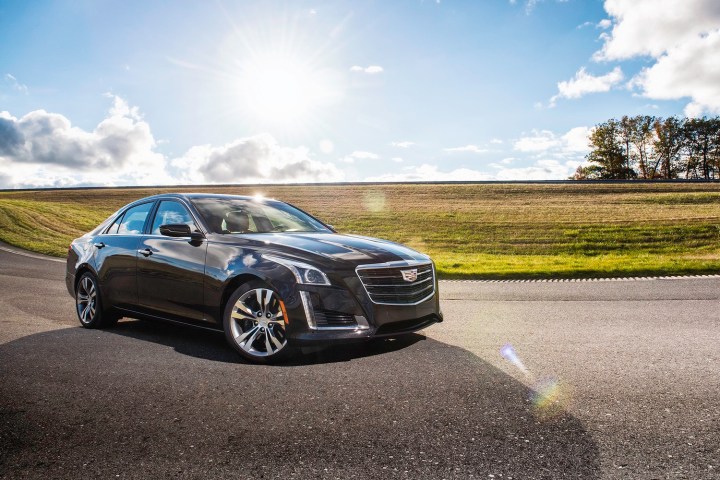
Debuting on the 2017 CTS sedan, the new CUE features greater scope for personalization, cloud-based features, and a new app store called Collection. Cadillac says it looked to apps and smartphones when designing the new system, but can those elements make CUE a winner on the road?
One of the new features is Summary View, which displays climate, audio, phone, and navigation on the same screen, so drivers don’t have to move between screens to view individual settings. Drivers can also create and import distinct user profiles through the cloud-based My Driver Preferences feature. Users can import their own vehicle and display settings, contacts, navigation routes, and recent destinations into any Cadillac equipped with the new CUE system.
Cadillac also changed the navigation system it describes as more “smartphone like.” The automaker claims voice recognition and on-screen search are both improved over the old CUE system. An available cloud-based data function adds points of interest, real-time traffic information, fuel prices, and parking information. The opt-in, subscription-based system can also learn a driver’s preferred routes and destinations, and make suggestions based on that information. All CUE-equipped Cadillacs will come with a 12-month trial of this service, which owners must opt into.
As before, CUE-equipped Cadillacs also feature Apple CarPlay and Android Auto, as well as General Motors’ OnStar 4G LTE system, which includes a built-in Wi-Fi hot spot. The latter can support up to seven devices, and Cadillac is adding the capability to connect two phones to Bluetooth simultaneously. Wi-Fi access requires a separate data plan, with a monthly fee just like a phone plan.
The next-generation CUE infotainment system launches on the 2017 Cadillac CTS sedan, which will arrive in dealerships this quarter. Cadillac will continue the rollout with the 2018 ATS and XTS sedans, followed by other vehicles in future model years.


